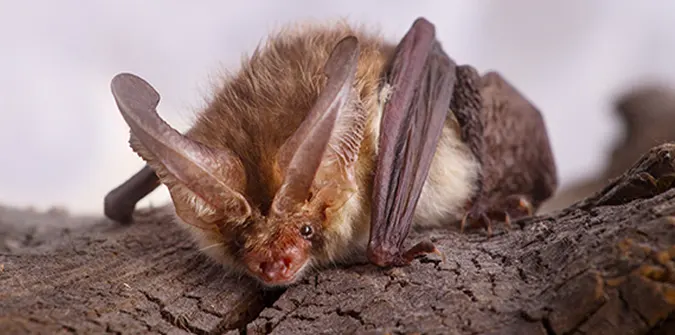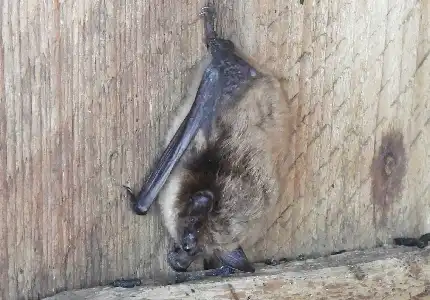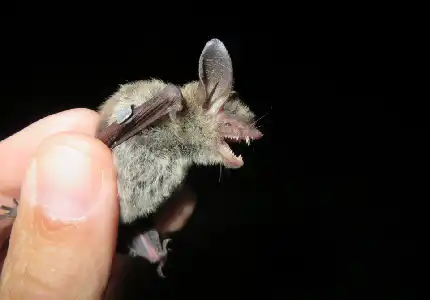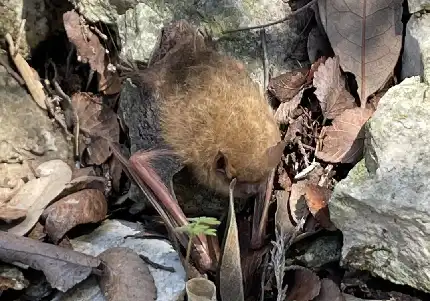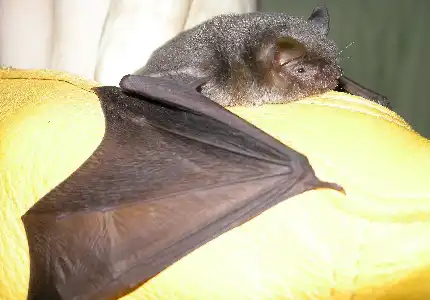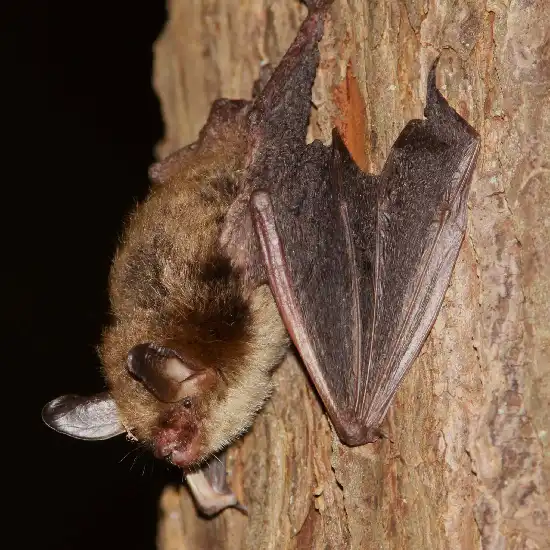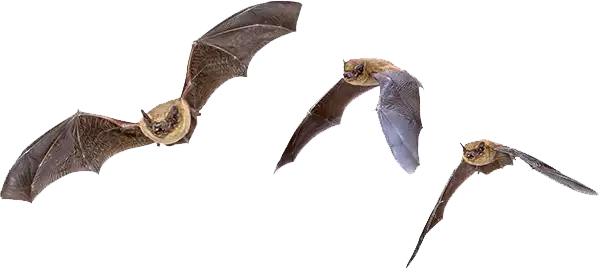
Bats in Virginia
Bat Life Cycle
Virginia’s bat species have varying reproductive strategies, with some species giving birth to a single pup each year, while others may have multiple births.
Most of Virginia’s bat species mate in the fall, with females storing sperm over the winter. In the spring or early summer, females give birth to pups that are born blind and hairless and rely on their mother’s milk for several weeks before becoming independent. The mother bat plays an essential role in the development and care of her young by providing them with milk and warmth.
Bats in Virginia have relatively long lifespans, with some species living up to 20 years in the wild. During their lifespan, bats experience different stages of development, including juvenile, subadult, and adult stages. The juvenile and subadult stages are critical for the survival and development of bats, as they learn to fly, hunt, and navigate. Bats also face numerous threats during their lifetime, including habitat loss, disease, and human disturbance.
Understanding the life cycle of bats is critical to their conservation and management, and Virginia is taking significant steps to protect these important and fascinating creatures.
Bat Anatomy
Bats are unique animals as they are the only mammals capable of sustained flight. One of the key adaptations that has enabled this capability is their specialized diet, which is exclusively made up of insects. In Virginia, the insect diet of bats includes mosquitoes, moths, beetles, and other flying insects. Different bat species have their own specific prey preferences, and the size and shape of their teeth and jaws are specialized to suit their respective diets.
Most bat species in Virginia use echolocation to locate prey, emitting high-pitched sounds that bounce off objects in their environment, including prey. This system allows bats to locate and capture prey even in complete darkness. Some bat species also use visual cues, such as the reflection of the moon or stars off the surface of a river or pond, to detect prey. Once prey is located, bats use their sharp teeth to capture and crush the insect.
Bats have evolved different feeding strategies to extract as much nutrition as possible from their prey. Some bat species, such as the little brown bat, have a long, protruding tongue that they use to lap up nectar or extract the juices from fruit. Other bat species, such as the big brown bat, have strong jaws that enable them to chew through the tough exoskeletons of insects. Bats can consume up to half their body weight in insects in a single night, making them important predators in the ecosystem.
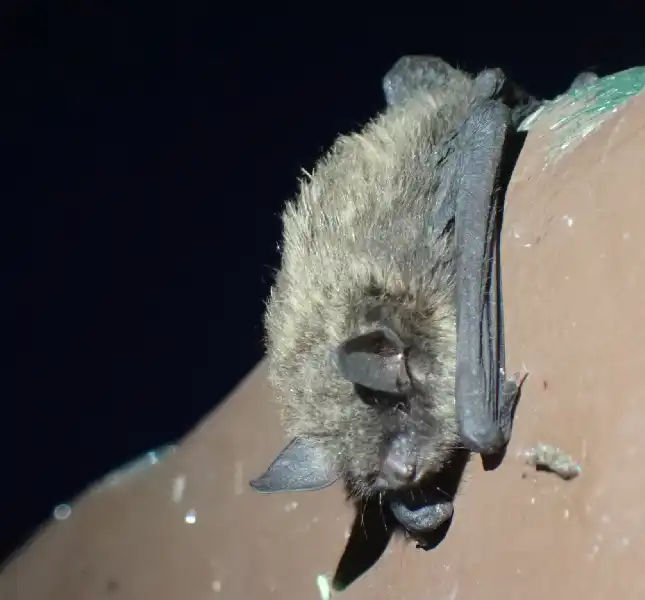
Do You Have a Bat Problem?
Learn more about our Bat Removal Program or call us at (540) 776-1769

